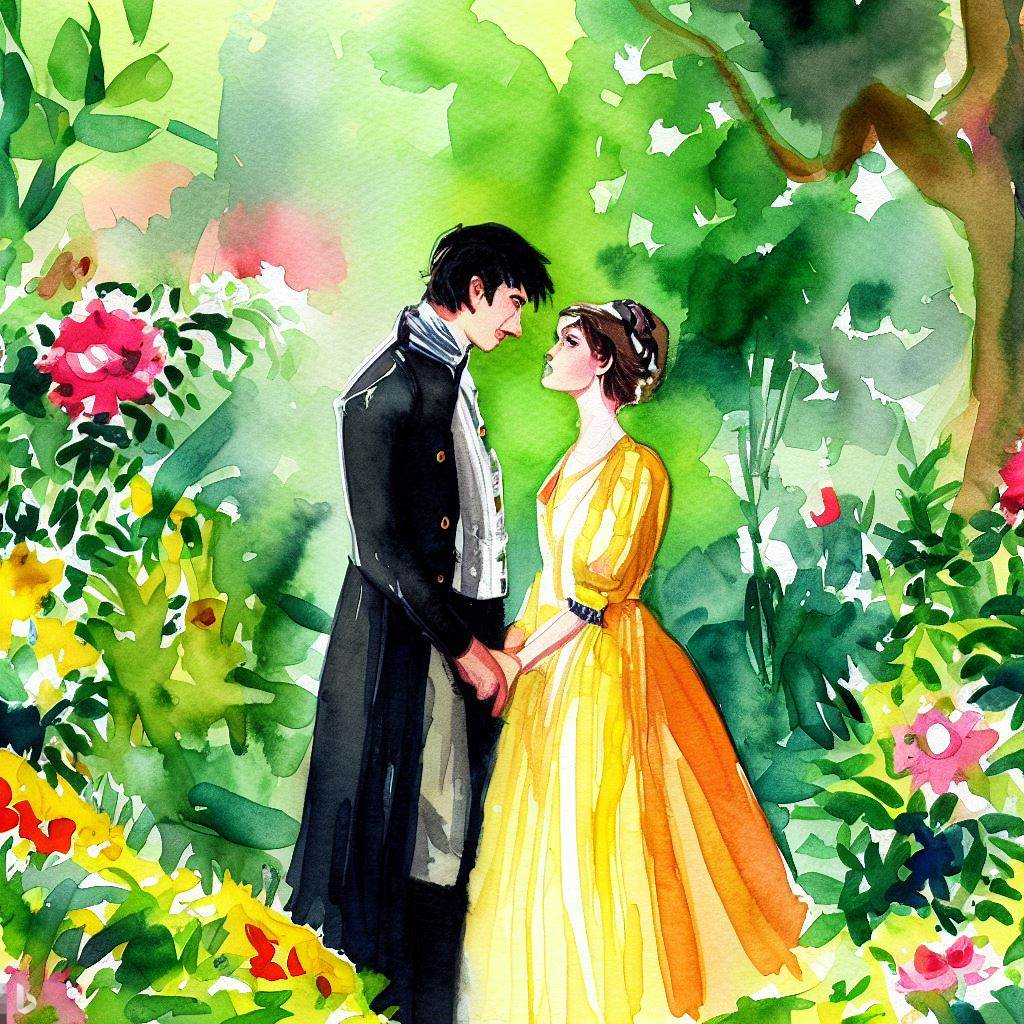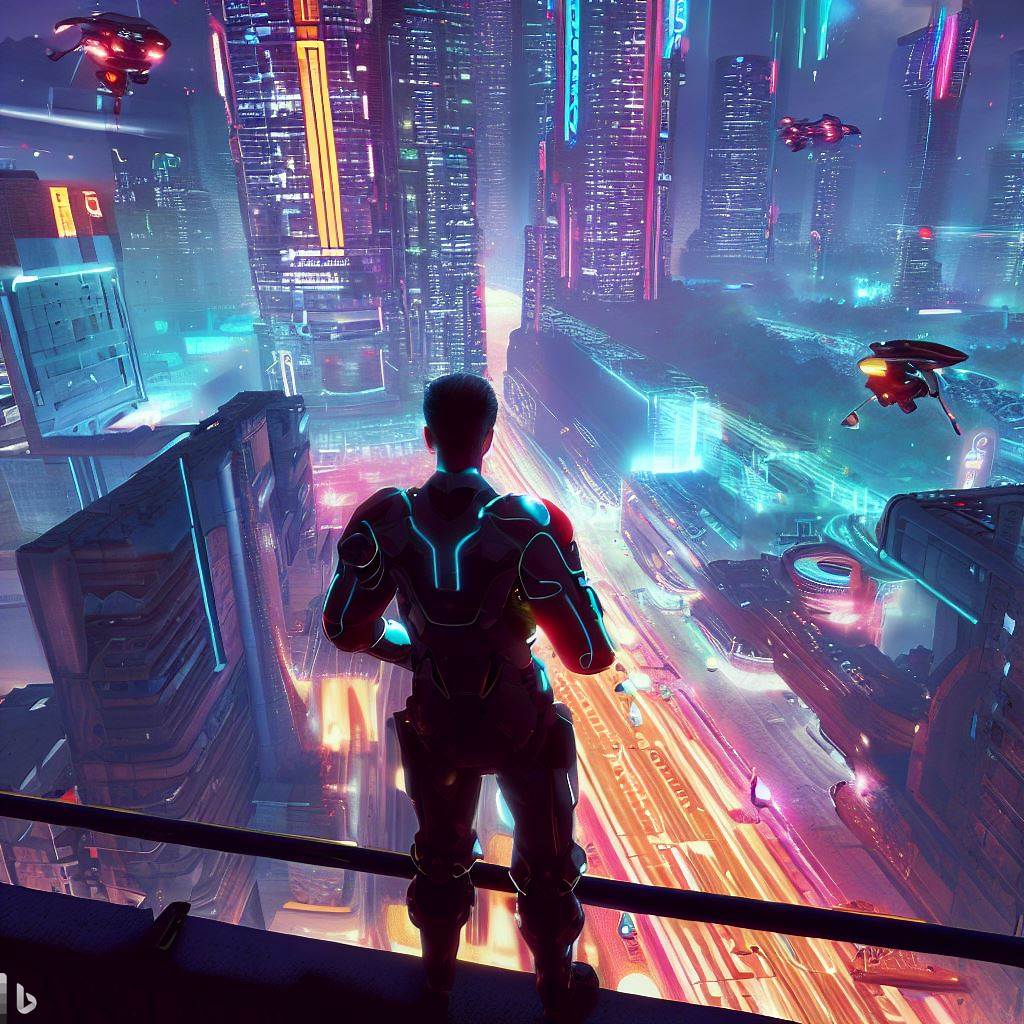Introduction: Unlock the Secrets of Nonverbal Communication
Do you ever wonder what people are really thinking? Do you want to improve your understanding of nonverbal cues and use them to your advantage? Look no further! We’ve curated a list of the 15 best books on body language and nonverbal communication to help you uncover the hidden language of human interaction. Enhance your personal and professional relationships, and unlock the secrets of nonverbal communication with these captivating reads.
1. The Definitive Book of Body Language – Allan and Barbara Pease
Considered a must-read, this comprehensive guide by Allan and Barbara Pease offers practical insights into reading and interpreting body language. The authors, renowned experts in the field, reveal the secrets to understanding the subtle gestures, facial expressions, and postures that convey unspoken messages.
2. What Every BODY is Saying: An Ex-FBI Agent’s Guide to Speed-Reading People – Joe Navarro
In this engaging book, former FBI agent Joe Navarro shares his expertise in analyzing body language and nonverbal cues. Navarro’s unique perspective provides readers with practical tools to decode the hidden messages in human behavior, making it an essential resource for anyone seeking to improve their interpersonal skills.
3. Emotions Revealed: Recognizing Faces and Feelings to Improve Communication and Emotional Life – Paul Ekman
In “Emotions Revealed,” renowned psychologist Paul Ekman explores the science behind facial expressions and emotions. Drawing on years of research, Ekman offers valuable insights into recognizing and interpreting facial cues, allowing readers to enhance their emotional intelligence and improve communication.
4. Body Language: How to Read Others, Detect Deceit, and Convey the Right Message – James Borg
James Borg’s “Body Language” is a practical guide to understanding and using nonverbal communication effectively. The book covers various aspects of body language, including eye contact, facial expressions, and posture, offering readers actionable advice on how to read others and convey the right message in any situation.
5. The Silent Language of Leaders: How Body Language Can Help – or Hurt – How You Lead – Carol Kinsey Goman
In this insightful book, Carol Kinsey Goman highlights the importance of body language in leadership. Goman explains how leaders can use nonverbal cues to influence, motivate, and inspire their teams, providing valuable strategies to help readers become more effective leaders.
6. The Power of Body Language: How to Succeed in Every Business and Social Encounter – Tonya Reiman
Tonya Reiman’s “The Power of Body Language” offers a comprehensive guide to harnessing the power of nonverbal communication in both personal and professional settings. Reiman’s practical advice helps readers project confidence, detect deception, and create rapport with others.
7. The Like Switch: An Ex-FBI Agent’s Guide to Influencing, Attracting, and Winning People Over – Jack Schafer
In “The Like Switch,” former FBI agent Jack Schafer shares powerful techniques to win people over and influence their behavior. Drawing on his expertise in nonverbal communication, Schafer offers valuable tips on how to build trust, establish rapport, and gain a competitive edge in any interaction.
8. Micro-Expressions: The Ultimate Guide to Reading People’s True Intentions – Kasia Wezowski and Patryk Wezowski
Kasia and Patryk Wezowski’s “Micro-Expressions” delves into the fascinating world of fleeting facial expressions. The authors provide practical techniques to recognize and interpret these subtle cues, enabling readers to uncover hidden emotions and improve their understanding of others.
9. The Human Whisperer: Mastering the Art of Reading People – Dr. John C. Havens
In “The Human Whisperer,” Dr. John C. Havens offers an empathetic and insightful approach to understanding people on a deeper level. With a focus on emotional intelligence, Dr. Havens helps readers develop their ability to read nonverbal cues and build strong, meaningful connections with others.
10. Snap: Making the Most of First Impressions, Body Language, and Charisma – Patti Wood
Patti Wood’s “Snap” delves into the powerful world of first impressions and the impact of nonverbal communication on personal and professional success. Wood provides practical tips and techniques to help readers make lasting, positive impressions, fostering strong relationships and enhancing their charisma.
11. The Body Language Handbook: How to Read Everyone’s Hidden Thoughts and Intentions – Gregory Hartley and Maryann Karinch
This informative and engaging book by Gregory Hartley and Maryann Karinch equips readers with the skills to decode people’s true intentions through their body language. “The Body Language Handbook” covers a wide range of topics, including detecting lies, projecting confidence, and understanding cultural differences in nonverbal communication.
12. Louder Than Words: Take Your Career from Average to Exceptional with the Hidden Power of Nonverbal Intelligence – Joe Navarro
In this thought-provoking book, Joe Navarro shares the secrets to success in the professional world through the power of nonverbal intelligence. Navarro’s actionable advice helps readers elevate their careers by mastering the art of nonverbal communication and enhancing their understanding of others.
13. Body Language Secrets: A Guide During Courtship and Dating – R. Don Steele
R. Don Steele’s “Body Language Secrets” is a practical and engaging guide to understanding nonverbal cues during courtship and dating. Steele’s insights help readers navigate the complex world of romantic relationships, providing valuable advice on reading signals, building attraction, and creating lasting connections.
14. The Nonverbal Advantage: Secrets and Science of Body Language at Work – Carol Kinsey Goman
In “The Nonverbal Advantage,” Carol Kinsey Goman explores the science of body language in the workplace. Goman’s research-backed insights help readers improve their professional relationships, project confidence, and enhance their ability to influence and persuade others.
15. Telling Lies: Clues to Deceit in the Marketplace, Politics, and Marriage – Paul Ekman
In this captivating book, Paul Ekman shares his expertise in detecting deceit through nonverbal communication. “Telling Lies” offers readers valuable strategies for identifying dishonesty in various aspects of life, from personal relationships to professional interactions.
Conclusion: Elevate Your Understanding of Nonverbal Communication
The world of body language and nonverbal communication is complex and intriguing. By exploring these 15 best books on body language and nonverbal communication, you’ll gain invaluable insights into the hidden language of human interaction. Enhance your emotional intelligence, improve your relationships, and unlock the secrets of nonverbal communication with these captivating and informative reads. The power of understanding lies in your hands – start your journey today!


